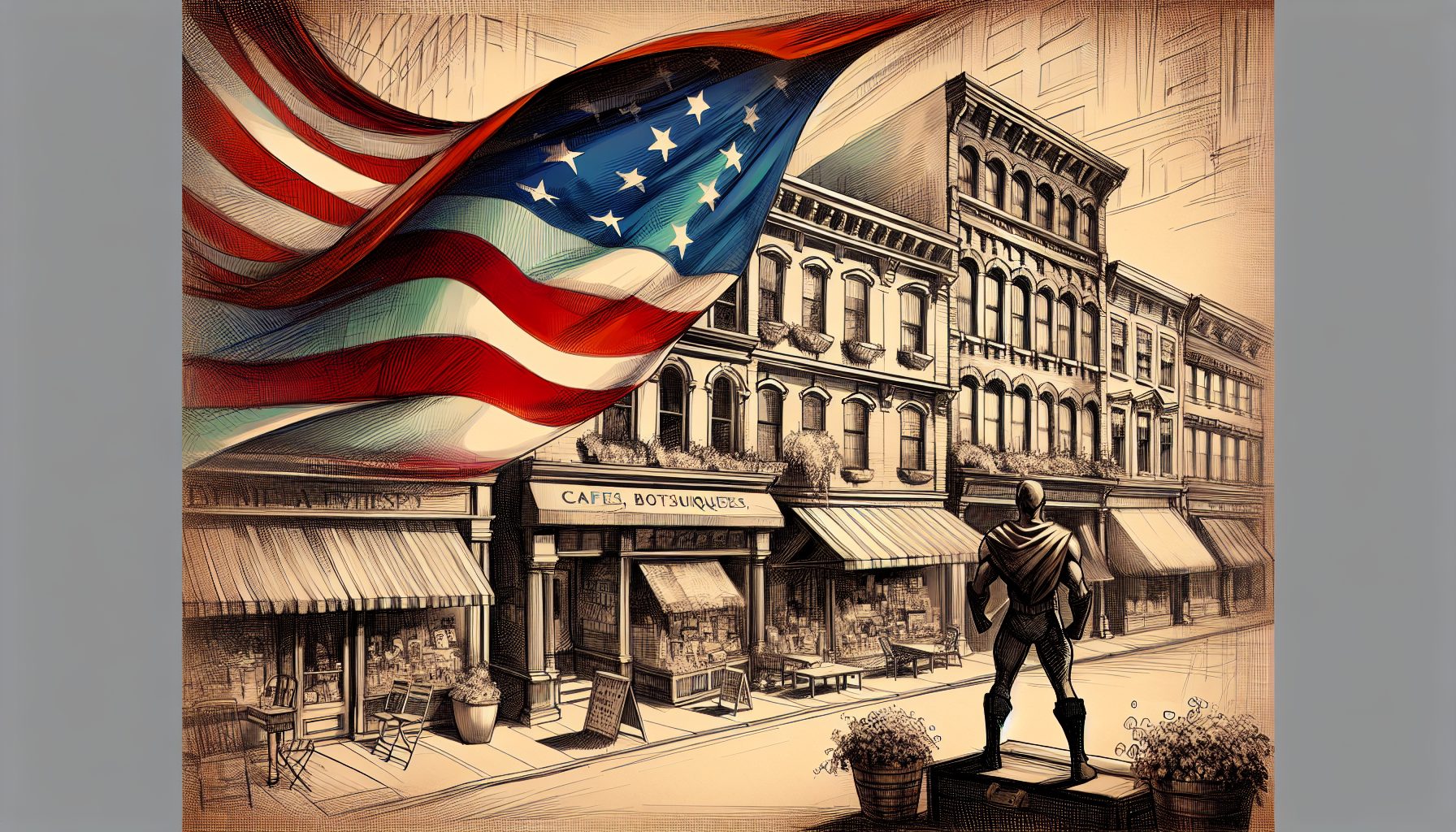A handful of customers saunter into the stately, redbrick Prada store on the corner of New York’s Prince Street and Broadway. It’s November, the beginning of what many merchants are hoping will be a happy holiday season. On this cloudy, cold fall afternoon, Prada is attracting a crowd.
On the lower level, a woman is standing next to a shelf of gift items—key chains, change wallets and a pair of sterling silver money clips. She picks up the smaller of the two clips as a black-clad saleswoman approaches. The shopper turns and asks: “How much is this?” The Prada employee flips over the money bag to see if there’s a price tag on the back. Not finding one, she asks the woman to wait. She will go to the back to check on the price.
The sales associate disappears behind a door and the customer is left cooling her heels. The aisles nearby are relatively bare—which is part of the store’s clean, minimalist look. With little to attract or distract her, the shopper soon appears bored.
A few feet away sits a Prada “staff device,” a wireless computer terminal that is designed to give Prada salespeople immediate access to inventory data—including prices.
The device is almost a magic wand. The handheld unit allows salespeople to retrieve information from the store’s database with a few taps of a stylus or a quick swipe of a garment tag.
Each tag in this Prada store includes a thin copper antenna plus a memory chip that holds information about the item. With a simple wave, the wand reads a radio signal from the tag and makes a wireless connection to the store’s database. This gives salespeople not just prices, but colors and styles available. In addition, the wand serves as a remote control, activating videos on thin screens hanging from clothes racks or sitting on table displays, to promote the fashions on sale. With a few taps of a stylus, the sales associate can enter information on the customer as well, from name and address to style preferences.
It’s in keeping with Prada’s ahead-of-the-curve reputation in fashion. According to several experts in the field of Radio Frequency Identification (RFID), this use in Prada’s path-breaking Epicenter store is the first on a sales floor anywhere. But, on this raw day in New York, where shopping inside is preferable to wandering outside, the wand goes unused.
After about 10 minutes, the sales associate re-emerges. Instead of consulting the store’s computers, she has rummaged through several boxes of money clips in an attempt to find one with a price. She tells the customer the smaller money clip is “about $100” while the larger item is “about $200.”
The shopper thanks the salesperson, puts the money clip back on the shelf and walks on.
It’s a result the wand was specifically designed to prevent.
The idea of putting an always-on information system in the palm of one’s hand was that, once engaged with a customer, a skilled Prada sales associate would never have to leave the customer’s side. So says Heather Martin, an executive at IDEO, the London-based industrial design firm that built the wands. Envirosell, a retail research firm, citing industry studies, says up to two-thirds of retail purchases are discretionary buys. And, generally, the more contact store personnel have with shoppers, the larger the sale.
Dan Stanek, an executive vice president with Retail Forward, a global retail and consumer products consultancy, says Prada is missing a golden opportunity. The wand gives salespeople a chance to close a sale while the customer is in the store, immediately suggest related products in stock and set the stage for follow-on sales in the future. Capturing information on the sales floor is a lot easier than collecting it when the shopper just wants to pay and get out the door.
For Prada, such apathy could be a problem. The company spent $40 million on the store, with an almost fantastical combination of elegant design and innovation in technology aimed at rejuvenating the image and sales of this purveyor of expensive fashion goods. The plunge came in a year (2001) Prada recorded $28.6 million in net profit on world sales of $1.5 billion.
The SoHo store, which celebrates its first anniversary on Dec. 14, houses an estimated $10 million of gee-whiz information systems and in-store gadgetry. Besides the wands, the dressing rooms include interactive screens that allow shoppers to call up and see details about the clothes they’re trying on, or other clothes they might want to. An atlas that responds to hand movements allows customers to find Prada locations around the world. A 23-panel “peep show” mixes fashion videos with location shots and other footage. A $900,000 glass cylindrical elevator transports shoppers from the street level to the basement, and then back again.
Prada’s conundrum is this: Retail experts say—and sales associates show by their actions—that wands and high-tech equipment aren’t needed to close a sale. But luxury retailers from Gucci to Neiman Marcus are being forced to deploy ever more sophisticated means of collecting and exploiting data about customers, if they are to bring through their doors that rarefied slice of consumerdom that is willing to pay $350 for a pair of statement sneakers—or $500 for a black scarf.
For its part, Prada is finding that putting technology to work can be as difficult to pull off as an outdoor fashion show in New York’s Bryant Park during a windswept rain.








